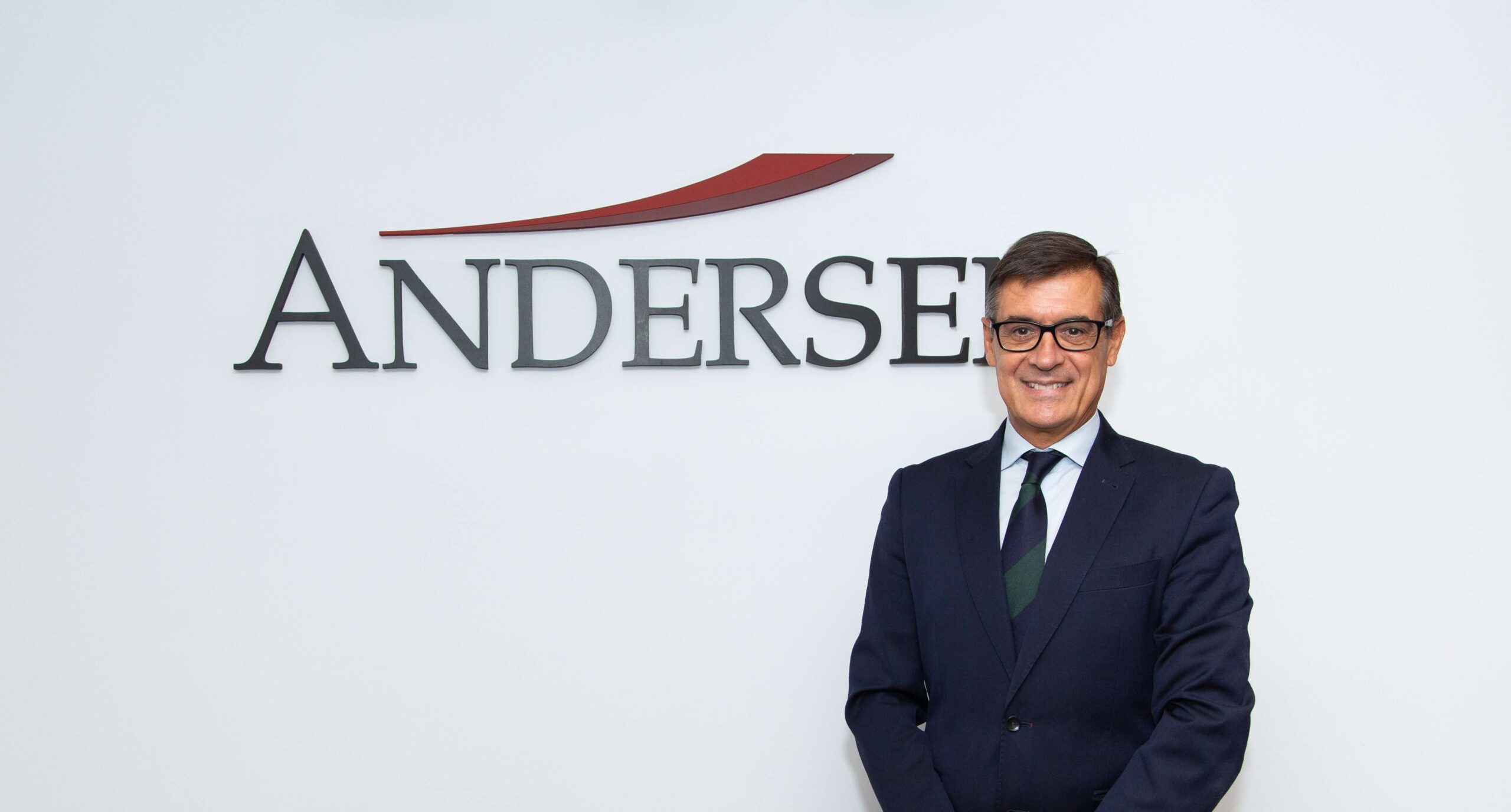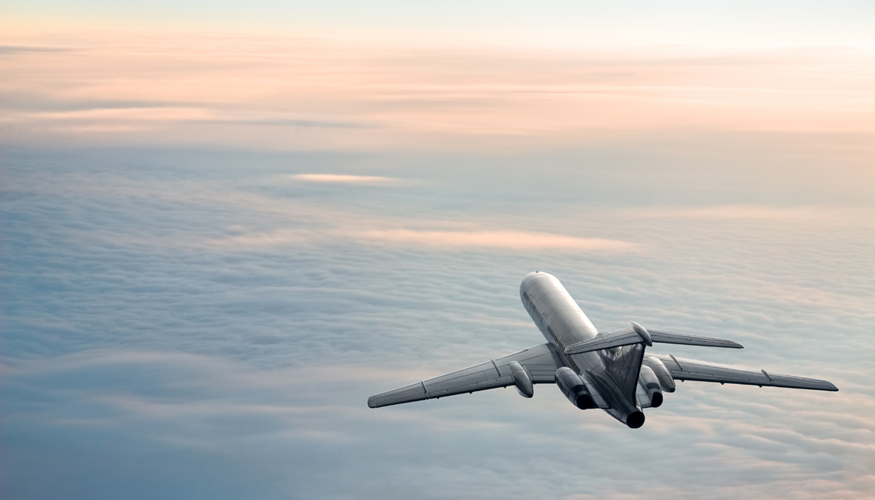En los últimos años la filosofía del “do it yourself” se ha impuesto gracias a las facilidades de los nuevos players online, que permiten a los viajeros organizar por su cuenta cada una de las fases del viaje, desde la reserva del vuelo hasta las actividades e itinerarios en destino. Plataformas de viajes y OTA’s han crecido exponencialmente y representan a aquellos que toman el control de lo que antes se dejaba “en manos de los expertos».
According to the study "2025, a look at the future of business travel," conducted by GEBTA and BRAINTRUST: ".As a result of the low level of adoption of technology, the operating model of agencies is still based on a high manual workload, making it difficult to achieve adequate levels of profitability and even to take advantage of economies of scale. And all this in a context in which the competitive pressure does not seem to be decreasing but rather increasing.”. It is therefore more important than ever for travel agencies to develop digital skills to generate added value.
From BRAINTRUST we propose 5 pillars to improve the web sales of face-to-face agencies:
1. A NEW VISION OF THE TRAVEL AGENT
Being competitive means, in addition to being a good travel advisor and consultant, adopting an analytical profile, oriented towards personalization and customer satisfaction. Under this premise a new vision is imposed on the traditional travel agent. These professionals have to design itineraries adapted to the characteristics of the user, generating unique experiences.
This is where the most obvious transformation lies, as a large part of their work will be based more on data analysis than on traditional sales. In this way it will be possible to offer even the smallest detail: from the type of food that each public needs, to the activities according to their personal characteristics (transport, guides, restaurants, etc).
Data from the website, mobile application or CRM, in addition to information extracted from social networks, will be some of the potential sources to be handled. In general terms, we are talking about a professional who needs knowledge about Big Data, artificial intelligence or machine learning, so we will see how the adaptation to these new skills will take place in the coming years.
According to Google, 36% of travelers are willing to pay more for brands that offer highly personalized travel packages based on their preferences or behavioral history.
2. GREATER PRESENCE IN NETWORKS: ESPECIALLY INSTAGRAM
Agencies cannot turn their backs on the importance and impact of networks like Instagram, especially if they want to address audiences between the ages of 18 and 39. A proper communication strategy must be established, with segmented hashtags and mentions of valuable accounts.
And, of course, the popular collaborations with influencers are a powerful alternative. All this is vital to attract the under 30s, who base much of their decision making on the content offered by these channels.
In the tourism sector Instagram is the best platform to share news, special offers and agency discounts, as well as to spread information about the brand and attract potential customers.
3. DRIVE BRAND RECOGNITION
To get more impact and visibility, travel agencies must work on brand recognition and gain the trust of their audiences. According to Expedia, more than 50% of travelers in countries like the US, UK, Canada or Australia say that the content published by the agency itself significantly influences their travel plans.
This is where content marketing comes into its own. A blog with a well-planned editorial calendar can help visitors choose the perfect destination, as well as being an ideal platform for positioning offers and promotions.
We must not forget that valuable content builds loyalty: we must respond to real information needs and not turn the website into a simple catalogue.
4. SIMPLIFY DECISION MAKING
To simplify decision making, agencies must integrate the latest technology into their digital strategies. The goal is to reduce the number of phone calls and physical visits, making the process easier and more convenient for the user.
Virtual reality (VR) and augmented reality (AR) are two of the most functional digital trends in tourism. These technologies allow customers to test different destinations without having to leave the site.
With VR and AR tours, travel agencies can showcase hotels, bars, restaurants and other places that may be of interest. It is a definitive experience, which helps potential customers to instantly decide on one proposal or another. These services greatly enhance the competitiveness of travel agencies.
5. The MOBILE AS A CENTRE
El móvil como plataforma de consulta y reserva ya no es una tendencia, es la principal herramienta para cualquier tipo de público. Su crecimiento es exponencial, y esto es algo que las agencias deben tener en cuenta a la hora de integrar sus servicios con la máxima usabilidad. La mayoría de las categorías de viajes generan más de un tercio de sus reservas en dispositivos móviles, y las más cuantiosas se producen en las categorías «Coche» y «Hotel».
To increase their online competence agencies must invest in user experience and responsive information architecture.
For Ángel García Butragueño, Co-Director of the BRAINTRUST Tourism Barometer, "We are heading towards a future where processes will be fully integrated and technology will have a high level of implementation. Agencies must lead the changes and design how the new scenarios must be addressed from now on to satisfy a new technological and hyperconnected traveller".
According to José Manuel Brell, Co-Director of the BRAINTRUST Tourism Barometer, "New generations and technological evolution have radically changed the way we travel and communicate. Travel agencies must understand this reality and guarantee an added value based on personalization".
In BRAINTRUST we have the best means to advise you on the configuration of value propositions that will optimize your online presence as an agency.
Do you want to get detailed information? Contact us and ask for our Tourism Barometer, the methodological support that determines the market's willingness to travel, as well as the trends that allow all travel industry suppliers to identify business opportunities and adjust their offer to consumer preferences.






